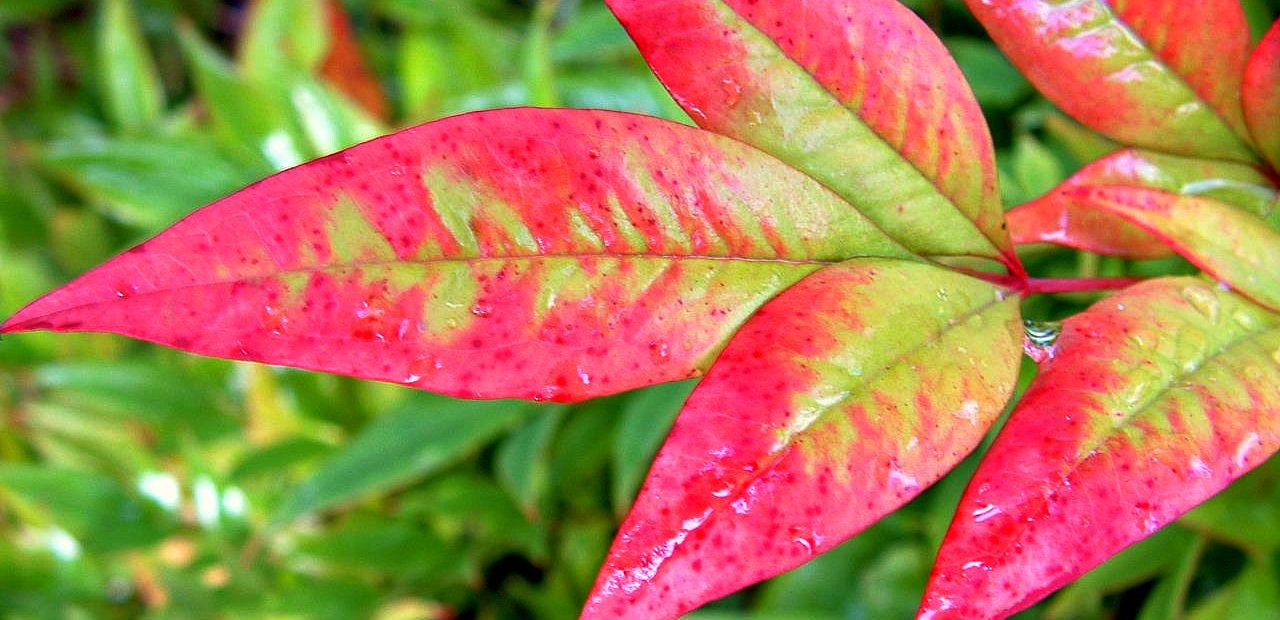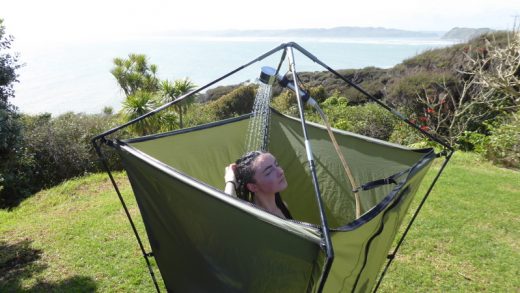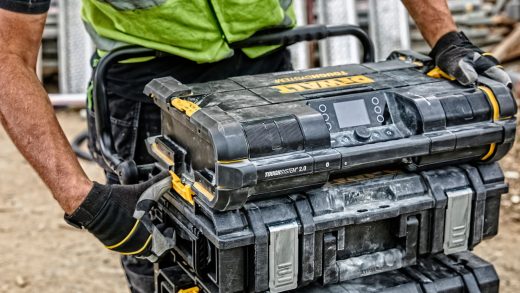Exploring the Beauty of Nandina Domestica – How to Grow This Heavenly Bamboo
Known for its gorgeous leaf colour and amazing red berries, the Nandina Domestica is an attractive, evergreen plant that can add beauty to your garden year ’round. It is also known as ‘Heavenly Bamboo’ but it’s not bamboo – it’s a shrub from the barberry family. Reaching a height of 2m and developing a spread of 1.5m, these plants will give your garden a touch of uniqueness. Their leaves start off as reddish or pink and go through different shades of green in the springtime and then turn to different shades of orange, amber, purple, red and copper as the winter comes.
Nandina Domestica is the preferred plant of many gardeners not just because of its beauty but also because of its low-maintenance as well. The plant grows best in full sun. There are some varieties of the Heavenly Bamboo that can tolerate partial shade but they still may not be able to fully grow. Watering is an important part, especially for new plants. You need to regularly water your Nandina Domestica but keep in mind that it does not tolerate waterlogged conditions. Watering is not necessary in the winter – the plant is drought tolerant once it is fully established in the new environment. The soil is also an important factor that impacts the growth of Heavenly Bamboo. This plant can thrive in most types of soil, but for best results, plant it in a moist but well-drained which is slightly acid to neutral.
Fertilizing is essential for some plants, but not for Nandina. This plant is slow-growing, which means it is not as much nutrient-hungry. Use a fertilizer only if the leaves start becoming yellow. Pruning is also not routinely required. Removing the damaged growths and unbalancing shoots is enough. Some people prune their plants to make them bushier and so that they don’t become too leggy and tall.
Furthermore, if potting is your style of gardening, consider some of the smaller varieties like Gulf Stream or Firepower. They can grow well in larger containers, but they require frequent repotting as they develop a large root system very quickly. Use quality and peat-free potting compost and make sure that there are drainage holes. One of the main advantages of planting in pots is the ability to move the plants to different locations as the seasons change.
Some of the most common diseases that this plant can develop are Nandina stem pitting, Nandina mosaic virus and cucumber mosaic virus. Some varieties are less affected by these diseases than others, especially when it comes to Nandina step pitting and the Nandina mosaic virus. Leaf spots is another issue that may appear on these plants. Unfortunately, if your plants catch any of these diseases, there’s not much you could do but remove and destroy them along with all of their fallen foliage.

















